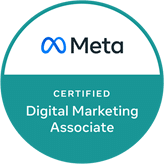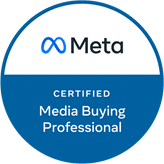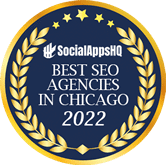Use Brain Science to Create a Better Web Design
A web design is comprised of art and functionality that serves a purpose… to create a better user experience for the visitor and to increase the success of the business or group it serves. When it comes to website design there are a lot of tips out there to help improve a site from in the interior which the visitor never sees to the exterior that builds an impression on the visitor as they traverse the site. All of these tips can be useful to improving web site design, but did you know that you can use brain science to not only improve a web design, but back up those tips as well?
The Brain and it Interprets Web Design
The brain is a fairly mysterious thing even after countless studies conducted by scientists, doctors and researchers. Even though today we no more than ever there is still so much to learn, but luckily the things researchers have learned can be used to back up even the most mundane thing like how a brain interprets and views web design. From where our eyes travel when we load up a website design page to how “herd behaviors” can be used to increase social perception, how the literacy of the user effects the success of the page and much more. The way the brain tends to react to web development has allowed web designers to better create sites that speak to the user with more success than ever before.
Web Design Tips with Brain Science in Mind
Using your brain to improve web design seems like a given, but using the way your brain tends to react to a website design isn’t as common even if it should be. In the article “6 Web Design Tips Based on Brain Science” you can get six useful tips that are centered on how the brain reacts to better improve the way web development is done. Web design with the brain in mind just might be the success you and your website are looking for.
SUBMIT FOR Online Marketing Analysis
Get an Online Marketing Analysis For Your Business











